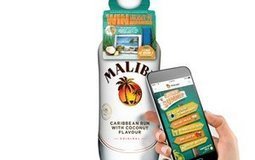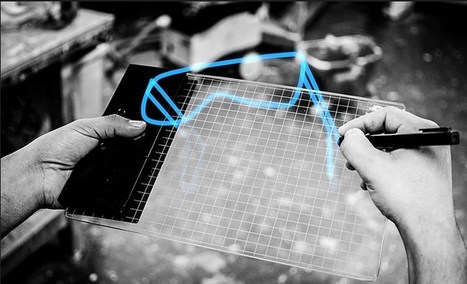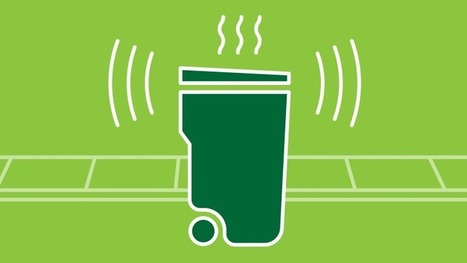Some 40,000 bottles of Malibu rum are being shipped with NFC tags and go on sale Sept. 1. (In the how-sausage-is-made department, the NFC tags are applied to the bottles by passing them through a heat tunnel, which allows the tags to be smartphone readable after application.)
The bottles go on sale starting in 1,600 Tesco stores in the U.K.
No mobile app is required and consumers can use their phones to tap the bottles to unlock five digital experiences, according to SharpEnd....
Get Started for FREE
Sign up with Facebook Sign up with X
I don't have a Facebook or a X account
 Your new post is loading... Your new post is loading...
 Your new post is loading... Your new post is loading...

Jeff Domansky's curator insight,
January 5, 2015 9:11 PM
Here's a thoughtful perspective on the Internet of things from Adweek. 
Cheryl Cruz's curator insight,
April 18, 2015 11:52 AM
No matter how smart the technology get, humans still hold reservations about using it to completely conduct all their daily activities. Should smart technology just be another convenience we can access when we want or become the New normal?

Jeff Domansky's curator insight,
January 30, 2014 12:03 PM
Google Glass or Apple iWatch? Interesting debate, guaranteed to go on forever. |

Jeff Domansky's curator insight,
November 8, 2014 2:53 AM
Ready for billions of interconnected things? According to IDC, startup vendors are working feverishly to carve out their strategies to attack this market and will drive the innovation pace of larger vendors. 
Enrico Bazan's curator insight,
November 8, 2014 1:19 PM
"There will be no one leader in this market," said Carrie MacGillivray, Vice President, IoT and Mobile Service & Infrastructure. "The market will rely on partnerships, federation, and innovative services to create truly valuable IoT solutions." |


















it seems that no product can escape the Internet of things. In the UK, Malibu rum is being sold with NFC tags which can share digital messages with consumers using a smart phone. Another interesting and creative digital marketing experiment.